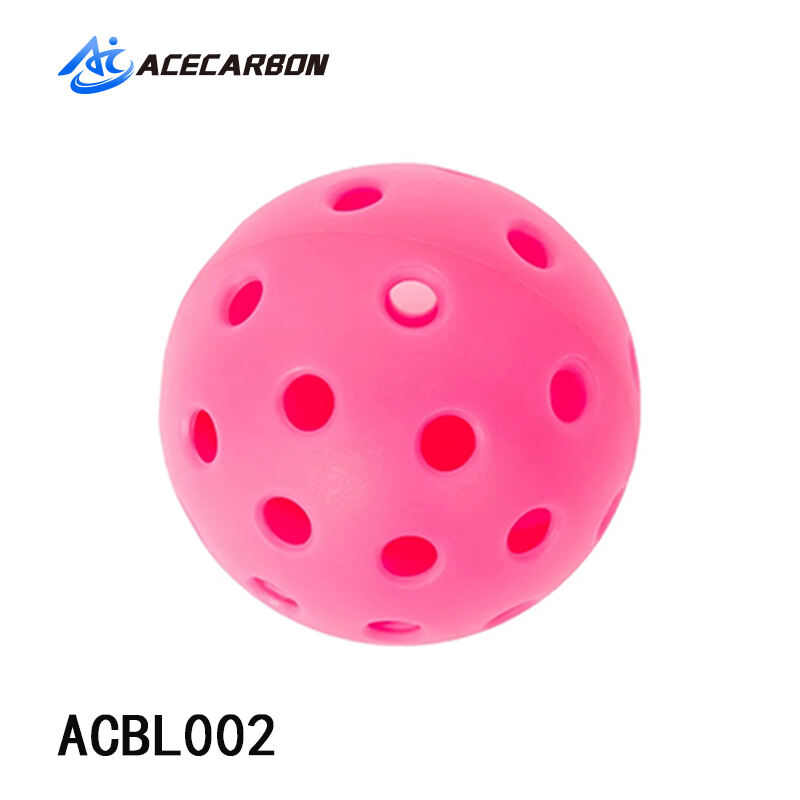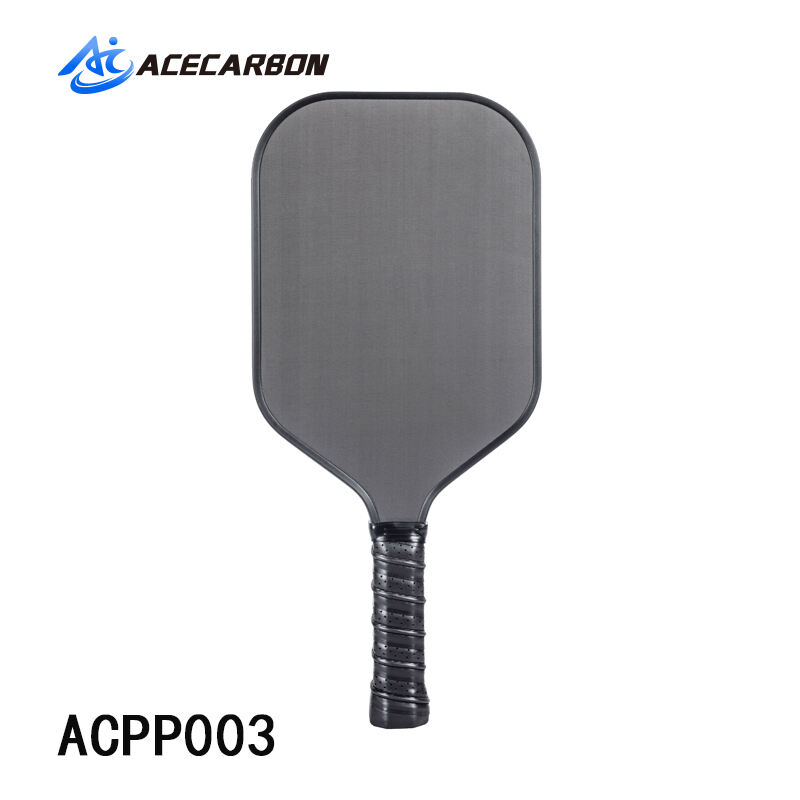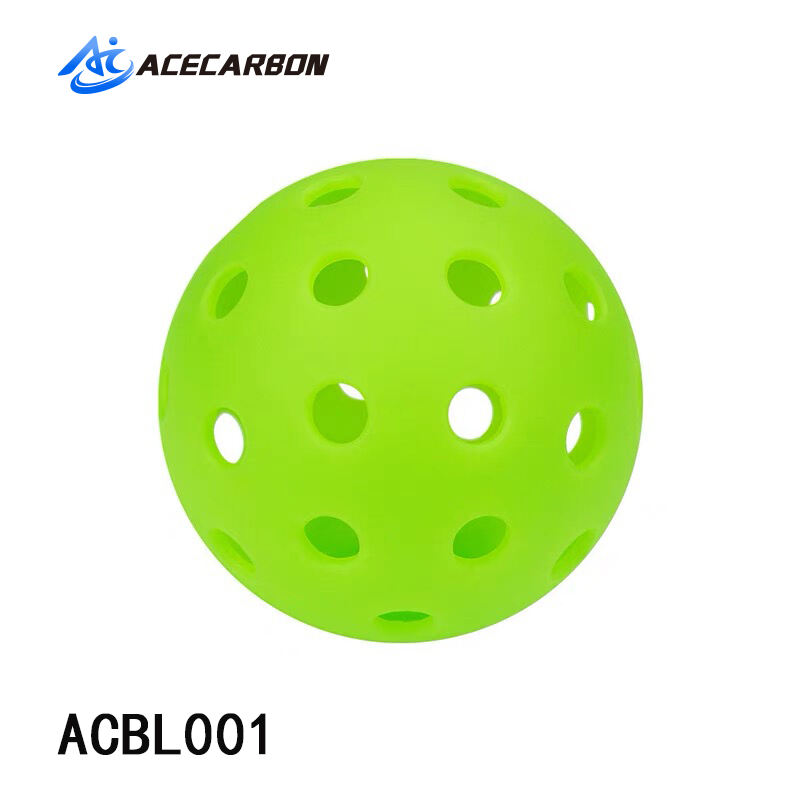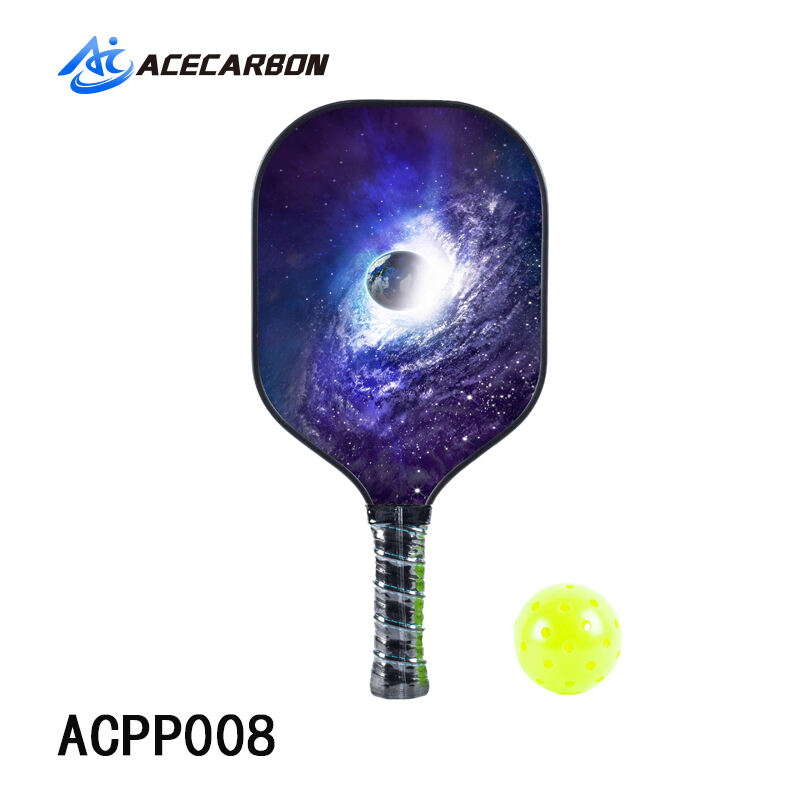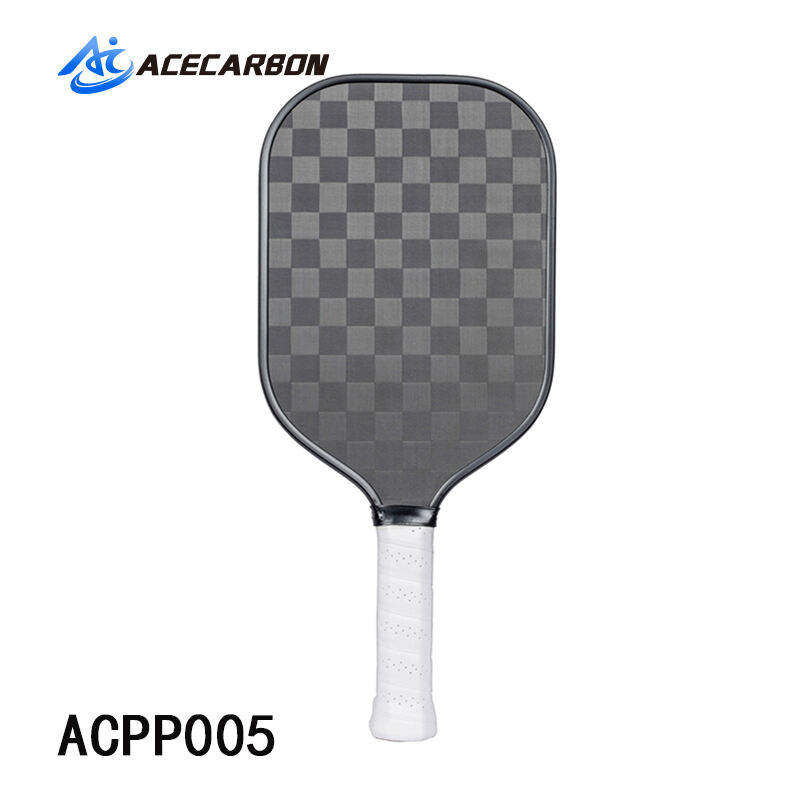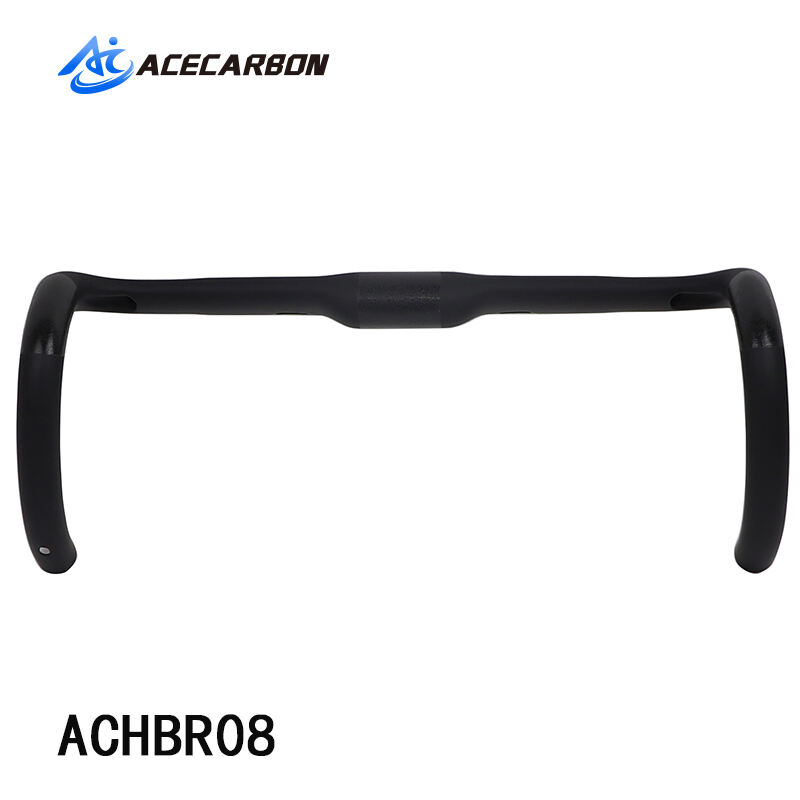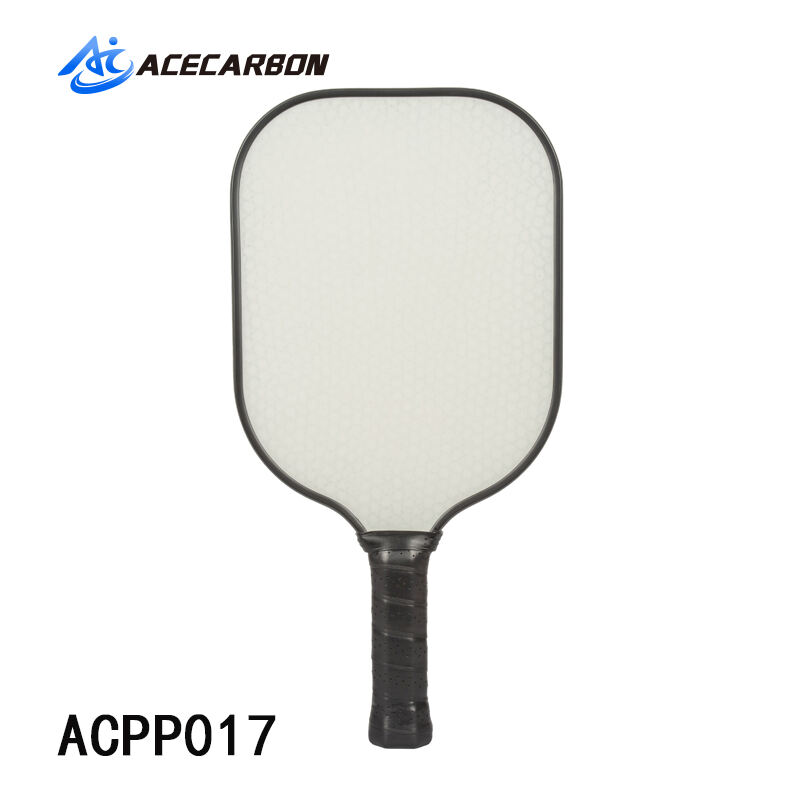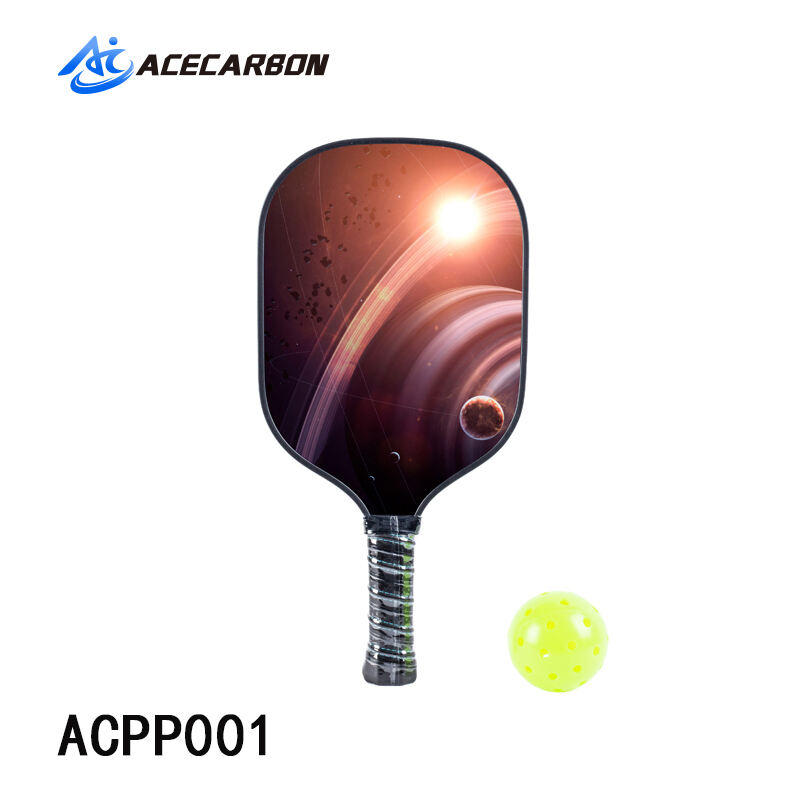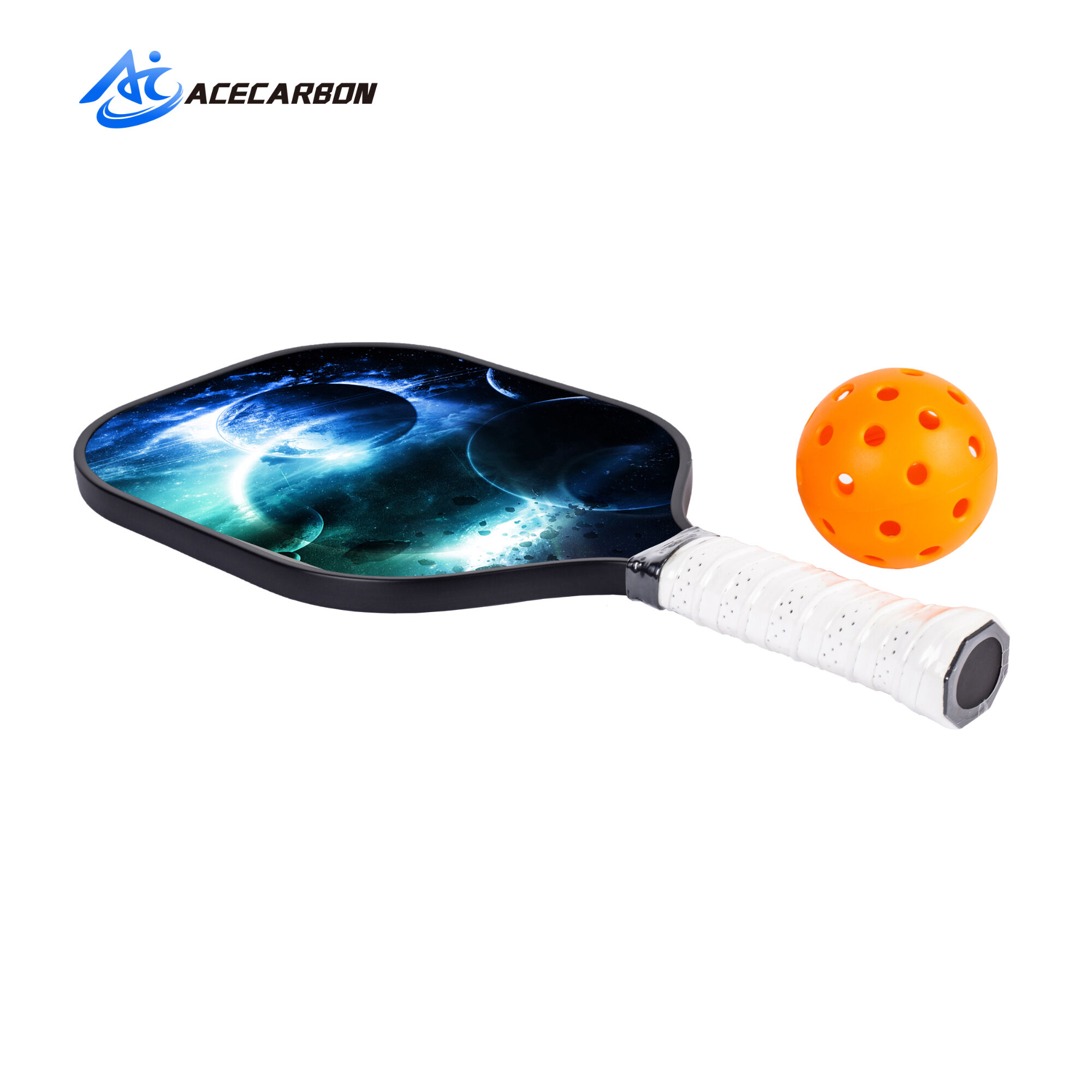The Evolution and Impact of Sports Balls
There are various types of balls used in sports worldwide, and they are regarded as the basis for an array of games ranging from informal to professional leagues. There has been a change in the design, and materials making sport balls over time so as to enhance their performance.
Historical Background
Sports balls can be traced back to ancient times when early ball games were played using very basic materials. An illustration of this is that the early Egyptians made use of leather covered seeds while Mesoamerican civilizations created ritual rubber balls. These earliest forms eventually evolved into more elaborate configurations resulting in specialized sport-specific balls.
Design and Material Innovation
Every modern sports ball is meticulously designed to maximize its performance in a particular game. Design and material options for different games vary widely including:
Footballs: Initially made from natural leather, modern footballs are now constructed out of synthetic materials to improve durability and water resistance. The famous hexagonal and pentagonal pattern ensure that the ball remains round as it flies.
Basketballs: Basketball balls are usually made from either rubber or synthetic leather so as to provide grip and control. The bladder ensures that the ball has good shape retention ability which is important during dribbling and shooting.
Tennis balls: Tennis balls are covered with felt fabric and pressurized so as to achieve an appropriate bounce or speed on diverse court surfaces. The bright yellow color improves visibility even in fast play situations.
Golf Balls: The core of golf balls has compact structure while the outer surface is dimpled thereby increasing distance travelled by the ball when hit accurately. The dimples make sure that air resistance does not hinder how far the ball will travel.
Baseballs: Baseballs have cork center, yarn winding around it, and covered with cowhide outer layer which makes hard hits possible without affecting their integrity during fast pitching stage.
Environmental Considerations
Consequently, environmental consciousness has led to sustainable production practices being sought by stakeholders of the sports industry in relation to sport balls. This is why many companies are now opting for eco-friendly materials and processes in making these items. Some of these include biodegradable materials, recycled rubber, and eco-friendly dyes that enable sports balls more sustainable.
Future Prospects
The future of sports balls looks promising as researchers continue working on them to make them even better performers and more sustainable products. Technological advancements like smart balls with special sensors will give instant feedback on speed, spin, or trajectory enabling players or coaches make useful decisions quickly. Additionally, there could be more durable and environmental friendly sport balls due to other researches done in material science.
They are one of the main ways that a game gets improved and an athlete’s performance raised up in the world of sports. Sports ball’s essential role within sporting activities means that their future holds exciting possibilities given continuous innovativeness and focus on sustainability. On soccer pitches, basketball courts or tennis fields alike games would continue being incomplete without them

 EN
EN
 AR
AR
 BG
BG
 HR
HR
 CS
CS
 DA
DA
 NL
NL
 FI
FI
 FR
FR
 DE
DE
 EL
EL
 HI
HI
 IT
IT
 JA
JA
 KO
KO
 NO
NO
 PL
PL
 PT
PT
 RU
RU
 ES
ES
 SV
SV
 TL
TL
 ID
ID
 SR
SR
 SK
SK
 SL
SL
 UK
UK
 VI
VI
 HU
HU
 TH
TH
 TR
TR
 FA
FA
 MS
MS
 IS
IS
 AZ
AZ
 BN
BN
 LO
LO
 MI
MI
 MY
MY
 SM
SM
